The MCDM RPG is not looking so hot
Before I give my opinion on the creation of TTRPG’s and the MCDM RPG, I want to give you a heads up: I’m a D&D 5e ‘normie’ who has only ever run 5e. I’ve played plenty of video games with other systems, I’ve watched and listened to many actual play podcasts (some D&D 4e podcasts that existed before Critical Role even), but I’m not intimately familiar with other systems like I am with 5e. I am a data analyst by profession however, so I am more comfortable with balancing encounters mathematically than my players are when they run a one-shot, for example. And I create my own minigames for our campaign. Do with this what you will, but I just wanted to let you know that I am not some hardcore TTRPG expert that has played every RPG under the sun.
Steelmanning MCDM RPG design theory
Now, I think we can say that the ‘OGL ruckus’ is partly responsible for several TTRPGs that are currently in the works. One of those projects is the MCDM RPG that’s being made by Matt Colville and his company. And even though Matt Colville has been an inspiration to many with his YouTube videos that helped DMs getting into the hobby or becoming better, me included, I cannot help but think that the project so far is a mess.
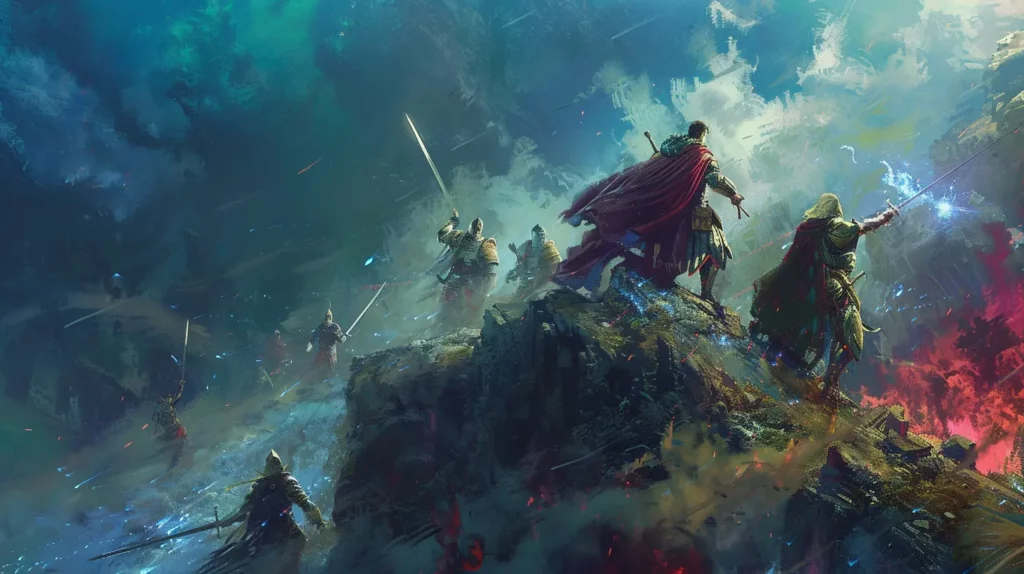
I’m not a backer of the project, I don’t know all the ins and outs, I just watch their videos and read the updates every now and then. But boy am I underwhelmed. Whenever Matt Colville has a weird or quirky take on D&D within a YouTube video, I am always interested to see it. Doing things the way we’ve always done “because that’s how we’ve always done them” is never a valid reason. So I am always willing to give something the ‘best faith interpretation’ when someone tries to break the mold. Perhaps by entertaining a weird thought, something interesting can come from it. I’m willing to steelman
MCDM RPG announcement
In that same vein, when Matt first announced that the MCDM RPG wouldn’t use ‘to hit’-mechanics because missing isn’t fun, I was entertaining the thought process. Players at my table have groaned when they attempted their multi-attack, missed both swings, and were unable to do anything else. We chuckled at it and continued our session, but every player at my table has groaned at some point when this happened to them. That doesn’t automatically mean players should always hit because missing isn’t fun, that’s a discussion in and of itself. But there is an objective reason for a designer to say: “Players don’t like to miss, I want to try if I can create a combat system within a TTRPG that removes the possibility to miss.” Instead of reflexively saying “missing is part of life!” I am often willing to hear the argument.
And while I still think you can design fun TTRPGs where missing an attack isn’t part of the design, that sliver of design space has become narrower thanks to the MCDM RPG updates. Because if there’s something I dislike more than keeping tradition for tradition’s sake, it’s changing something for the sake of change itself. When something has worked for many years but you want to improve on it, I welcome the potential change, if you can provide an improved alternative. I’m sorry to say that MCDM so far has not shown an improved TTRPG.
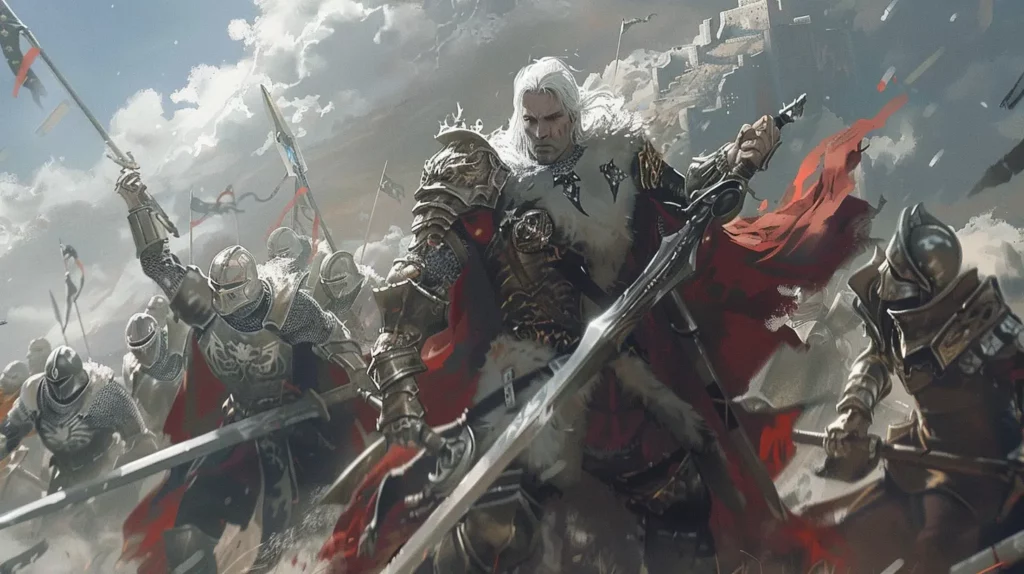
Quick aside: about change for the sake of change
I don’t like some of the name changes for widely known mechanics and roles. For example: calling a ‘Game Master’ a ‘Director’ doesn’t actively help or change anything, it can only confuse. The same goes for the class ‘The Fury/The Reaver’, which is a barbarian. A barbarian is very evocative and established, it informs me as a player. Changing this to some other ‘cool name’ serves no purpose.
Arbitrary choices
At some point they’ve arbitrarily decided to use 2d6 for the ‘to hit/damage roll’ and they simply stuck with it. When explaining the specific choice of dice Matt explicitly says that it could’ve been 3d8 or anything else, but 2d6 “feels good”. I can respect the metric of something ‘feeling good’, because you want people to have fun and be entertained. But usually there’s a reason for something ‘feeling good’, like the resolution of a great story for example. There’s a psychological or mathematical reason behind the emotion. And unless you can give me rock solid arguments based on some logic or scientific research about the chosen dice, I am not convinced.
Especially when there are very clear and fundamental problems with this foundational choice.
Problem 1: All rolls are the same
If you roll 2d6 to determine your damage output, then it equalizes the damage rolls and you have to rely on modifiers to differentiate between weapons, classes, and monsters. Do a dragon and a kobold both roll 2d6? If so, do we give the dragon a +30? And if that’s the case, is it the intended design to make the rolls less significant than the passive bonus?
Problem 2: A bell curve ‘bunches’ the results
For some this might be obvious, but simply put: the difference between 1d12 and 2d6 is the linearity of the odds. On a 1d12, each side had the same chance (8.33%). With a 2d6 roll, the result you will see the most often is ‘7’ due to the nature of combinatorics. Think of all the possible ways of getting a 7: 1+6, 2+5, 3+4, 4+3, 5+2, 6+1. As opposed to rolling a 12, where both dice need to be a 6, and there’s simply no other way to get there.
This probability distribution will cause the game to have less ‘extremes’. And while MCDM has explicitly stated they want the game to be less swingy, this means that their already static ‘attack/hit roll’ becomes even more static. You will roll 2d6 no matter your character or weapon, and you will likely get 6, 7, or 8.
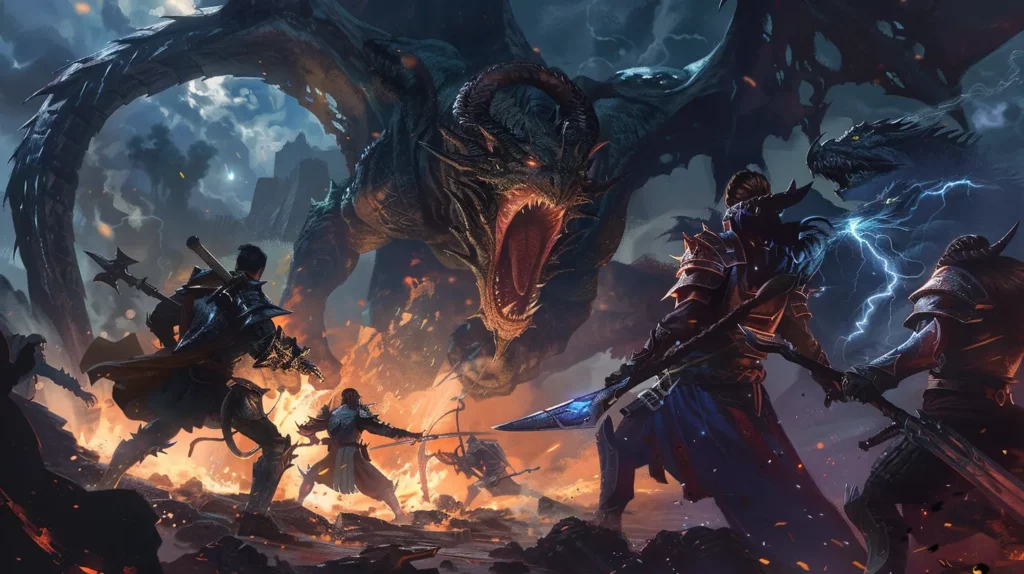
MCDM RPG: The Power Roll mechanic
After playtesting this, MCDM comes to the conclusion that eliminating any range in dice and removing the extreme results, make the game boring. And this is where it becomes impossible to steelman their position. If you never want to miss an attack because that’s boring to the player, then your rolls become your damage rolls. But to then arbitrarily say all damage rolls are the same, obviously leads to sameness. And if you want a nice spread that is less extreme than a linear roll, multiply the dice. Roll 4d6 and the range of most likely outcomes increases. Increasing the number of dice and using different types of dice for different types of attacks, would mitigate this. Or make your ‘to hit’ roll the damage roll as well, to determine how hard you hit someone.
But they still cling to the 2d6, making their challenge a very troublesome one. And as of the moment that I’m writing this, they’ve come up with a system that circumnavigates all the issues. Instead of your roll result being the amount of damage, the resulting number is a lookup value for a table. For example: you roll a 7 and then you look at your table to see what the results are (amount of damage and the effects). And each class and/or weapon will have its own table.
Why I don’t like the power roll
I don’t mind creating a layer of abstraction to solve certain mechanical issues. But to me creating this layer of abstraction at the most fundamental level of the game, feels wrong. YouTuber Zipperon Disney has an amazing video about pacing in combat where he explains that you want to create exigency and compress the resolution. One part of the advice: you want to ‘pre-calculate’ the target you need to hit before you roll an attack or save. So you’re not narrating what happens, then rolling the dice, then making the calculations, and then figuring out what happens. Because that deflates the moment. You want to roll the dice, see the number, and immediately know what’s going to happen. So you precalculate it.
“I need to make a wisdom saving throw of 16, and my wisdom save bonus is +4, so I need to roll a 12 or higher.”
You then proceed to make the roll. Now everybody knows the moment the die hits the table, whether you make the save or not. And this – to me, at least – is great advice. This is an example of creating less ‘ludonarrative dissonance’. You want the moment of narrative impact (“will this character survive?”) to align with the actual roll (“will the player roll high enough?”). With one look at the roll, you want to know the answer to both questions at the same time.

And I simply cannot envision the power roll system with lookup tables to work in this exact same manner. There is a layer of abstraction that will not only take extra time at the table, but it will very likely increase the ludonarrative dissonance. It will be much harder to create the same poignant moment of impact, like Zipperon Disney suggested.
Wildly swinging design choices
More importantly, this is an indication that MCDM is hanging on to (seemingly) arbitrary design choices, and at the same time they’re willing to completely overhaul the game. Just to hang on to those (seemingly) arbitrary choices. And to top it off: they’ve already taken in money from crowdfunding. Yes, Matt was clear that everything could totally change, so it’s up to each individual to decide whether to back this project or not. But I think people expect him to be an expert designer who knows what he’s doing. So they expect a well designed TTRPG, no matter what happens. And Matt is banking on the reputation that he earned through his career and his YouTube channel.
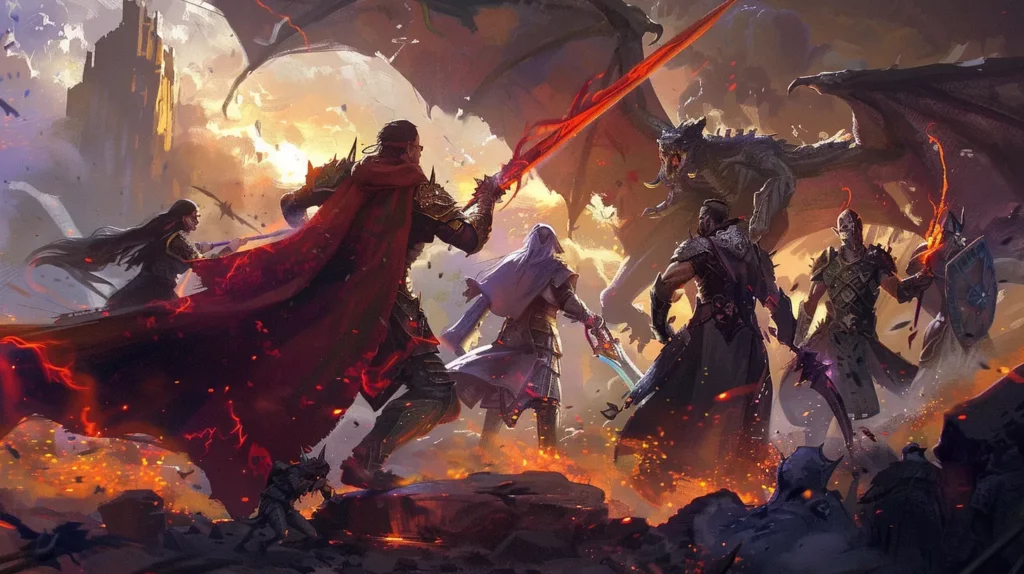
I believe the issues however, cannot be solved by brute force of ‘thinking it through’ and ‘intensively play testing it’. In this case, I just don’t see the vision behind the game. Terms like ‘epic’ and ‘heroic’ and ‘cinematic’ give some direction, but they’re not mechanical enough to avoid the pitfalls MCDM have found themselves in. Is having 2d6 heroic, epic or cinematic? If not, then why is this of such importance?
The future of the MCDM RPG
To me, it seems like the team needs to go back to the drawing board. In my opinion, they need more than a handful of terms as their foundation for their design. And while I’m sure they have some internal design document, the fact that they’re still hiring new people to help them create this game, doesn’t fill me with confidence. Games like these are often made by one or two persons who have a very clear vision, and place the mechanics in line to create that. As far as I’ve heard — and I’m happy to be proven wrong — Matt Colville hasn’t displayed this vision for the MCDM RPG clearly.
Right now, looking at the situation as it currently stands, I think his reputation is going to bite him and his audience in the rear end. I hope I’m wrong, I hope this project turns out great, I hope it’s fun to play and that every backer on crowdfunding will feel like they got their money’s worth. Currently, seeing how the project is swinging wildly from one design choice to another… I don’t see it happening. And therefore, I think the MCDM will be a fairly quickly forgotten TTRPG.
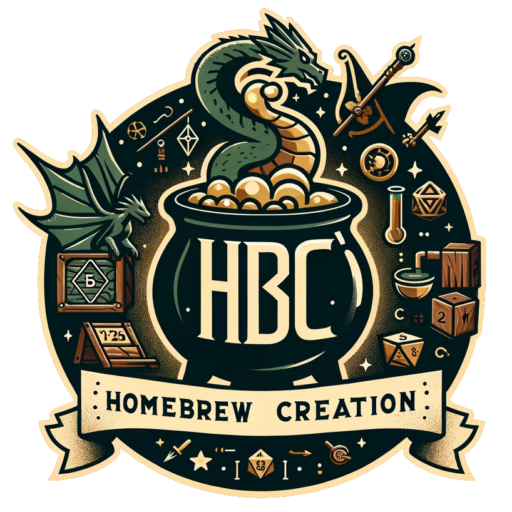
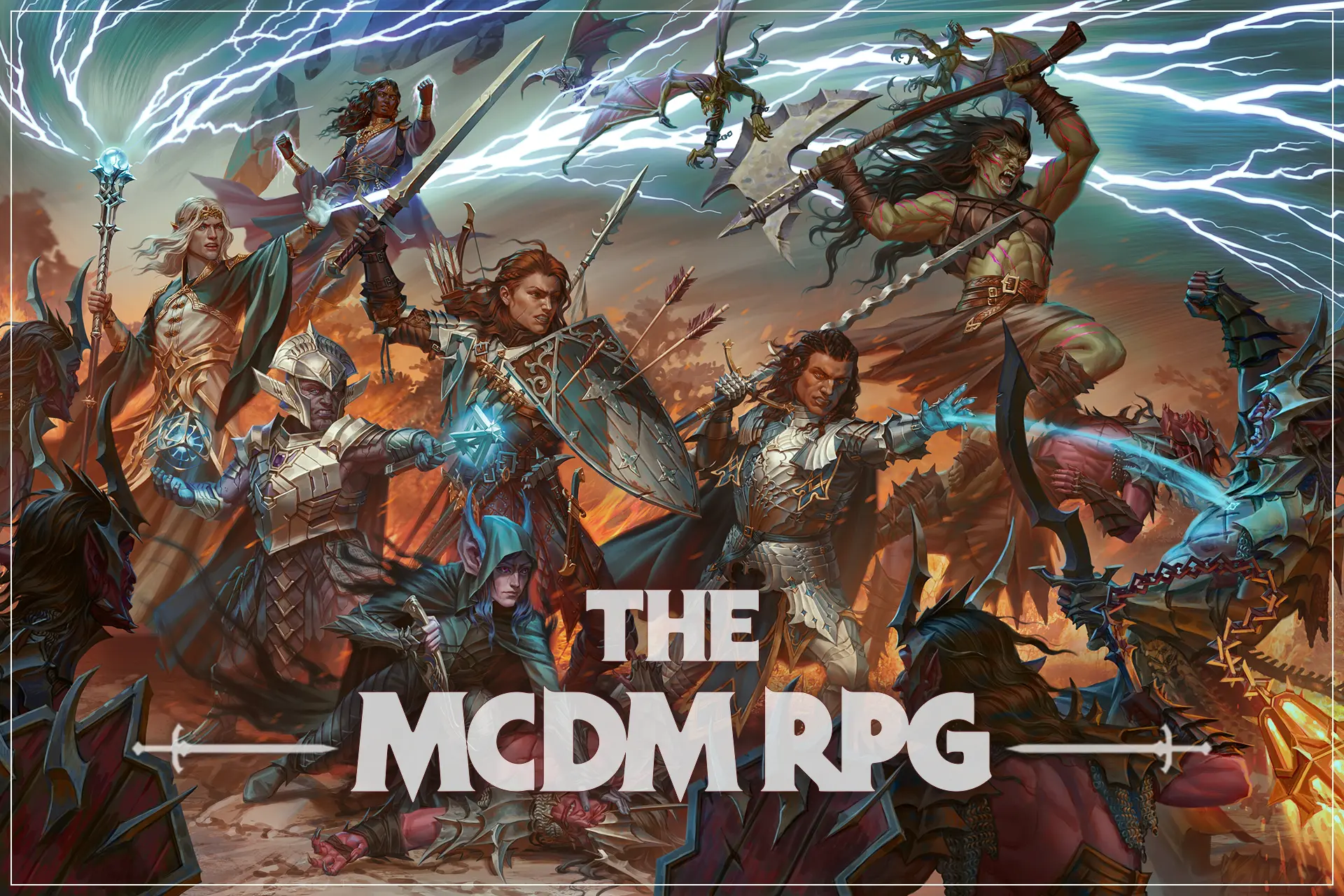
How do you feel now now that they have changed to the tier system with a 2d10?
Hi Jodh. First off: thanks for commenting!
Secondly: it actually makes me feel worse about the project. Not necessarily because of the die roll though. Depending on what you want, you can implement all kinds of rolls. And I’m sure someone can design a great game where 2d10 functions as the fundamental roll.
But to me it’s a sign that the most fundamental roll of the game is still changing at this point of the design process. When launching a Kickstarter, 50 to 90 percent of the project should be done. Especially the core rules of the game should be done. Yet MCDM is still tweaking the main function of their game.
So right now, I don’t see this RPG coming together. But I’ll gladly admit it if I’m wrong.
Are you familiar with the “say yes or roll dice” line of thought to just granting players agency on simple actions?
I feel kind of like that’s the design point they started at but then got too much negative feedback.
If you look at games that use this they are much more centered around narrative beats and group storytelling. Afterall its a kind of storytelling when nobody can climb up the dumb environmental hazard but its not very desired. like you don’t want your players to whiff on walking up the slightly steep snowy mountain you want them to roll coming back down the other side when they trigger an avalanche.
So you don’t do away with dice altogether but you streamline lots of fiddly stuff out instead of having lots of weird arbitrary math and rng conditions to get to those big ticket moments and then you can let fate have its say
Stumbled across this looking for someone to break rank and admit this maybe doesn’t have a ton going for it. I think MCDM gets a lot of due credit, so much so, it’s easy to forget they have a much more mixed track record than people realize.
The original Illrigger was bizarre, needlessly complex, and unbalanced–to the extent they completely rewrote it. The whole kingdoms and warfare fiasco demonstrates a sort of indecisive design approach. I’d say that the company’s greatest successes are as homebrewers for 5e–largely by bringing in 4e concepts. When they strike out too far off that turf–to entirely bespoke systems–it gets much sketchier. I’m a fan of their stuff, in other words, but not so much that I would trust them with a fullblown TTRPG.